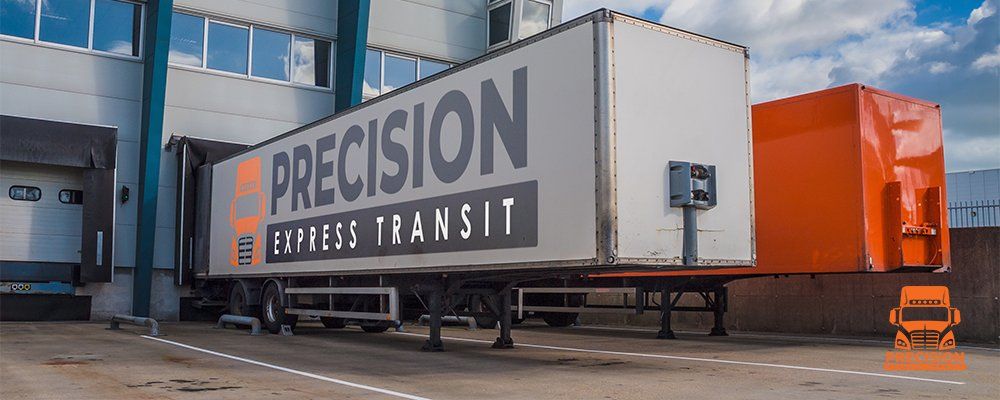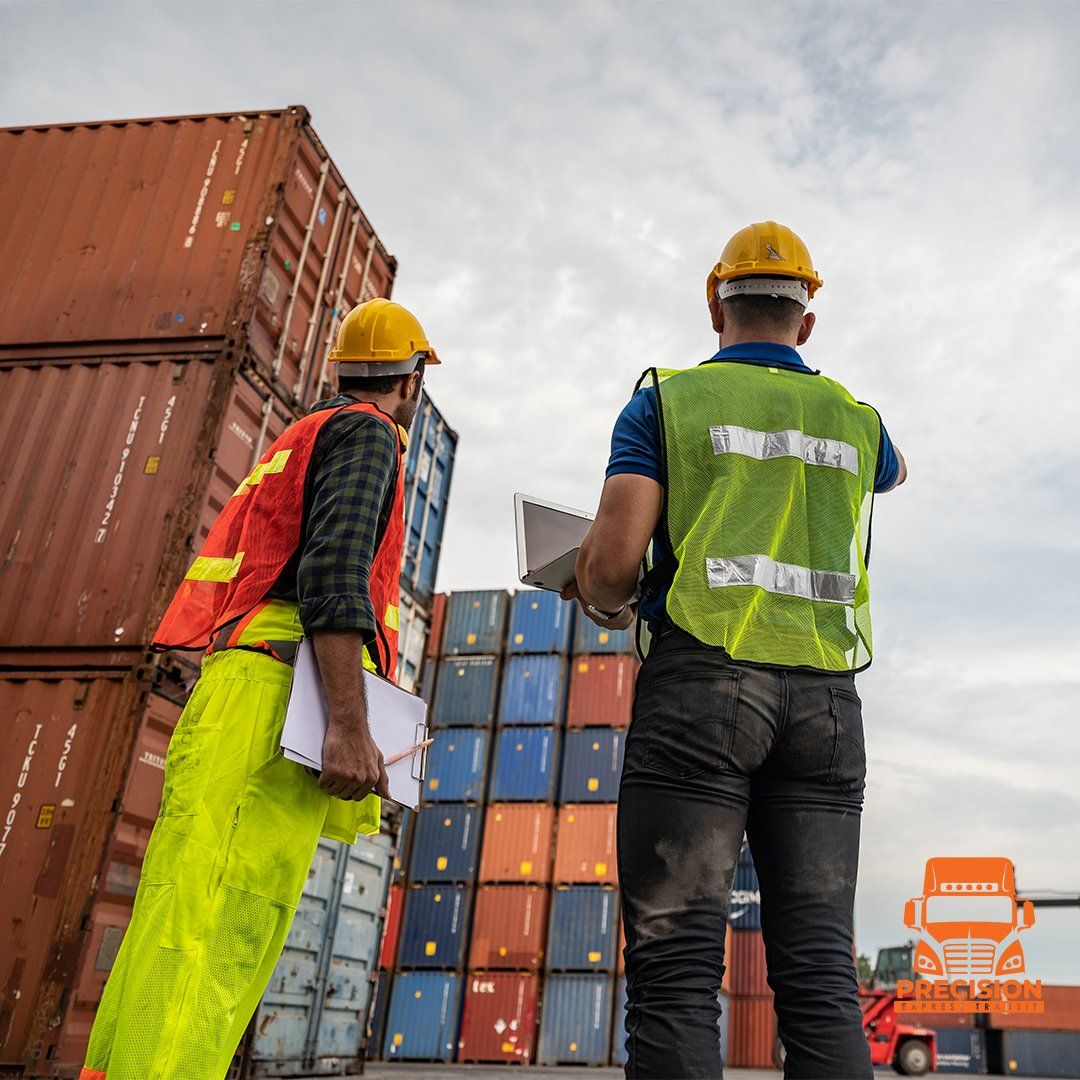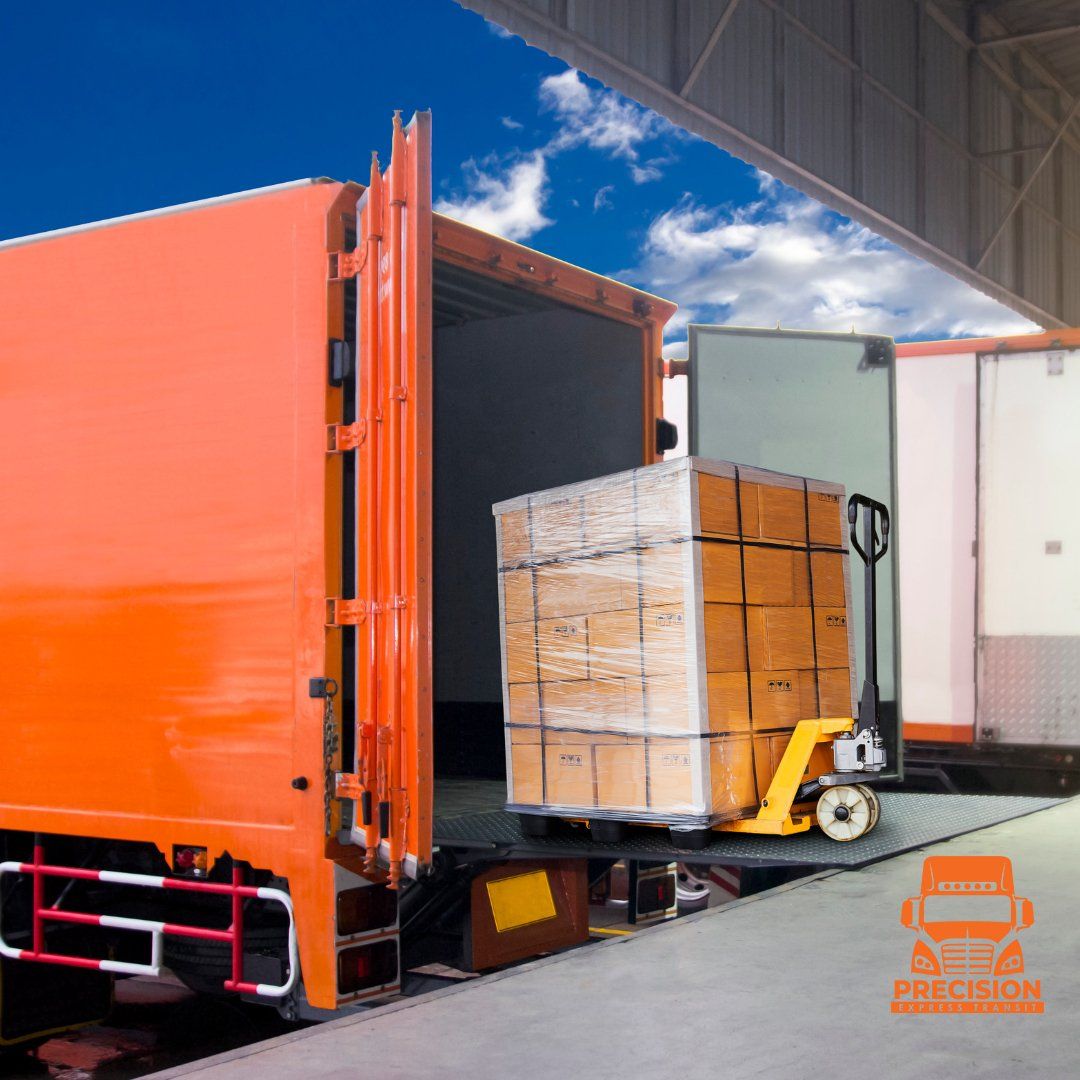The 5 Most Common Reasons Why Your Shipment Might Be Late

Transporting goods via freight is complicated. Countless variables can impact the transit time of your shipment – some within your control and others out of your hands.
While shippers typically understand the former, they often must be aware of it. This can lead to frustrated customers and late shipments. This blog post will explore the five most common reasons your shipment might be late. By understanding these reasons, you can take steps to avoid them and keep your customers happy.
1. Bad Weather
One of the most common reasons for late shipments is terrible weather. Whether it’s a typhoon in Asia, a hurricane in the Atlantic, or a winter storm in Europe, bad weather can disrupt the entire supply chain. For example, bad weather can damage goods in transit, force ships to change course, close ports, or ground airplanes. All of these disruptions can cause significant delays in delivering your goods. You can take steps to mitigate the impacts of bad weather on your shipments. First, you can work with your suppliers to ensure that your goods are properly packaged for transit. This will help to minimize the risk of damage if your goods are exposed to bad weather. You can also track weather conditions where your goods will be transported. This will allow you to proactively adjust your shipping plans to avoid potential delays. For example, you may route your goods around a hurricane or delay shipments during a winter storm.
2. Heavy Traffic
Heavy traffic is another common reason for late shipments. This can impact all modes of transportation, from trucks and trains to ships and planes. For example, traffic jams can cause trucks to arrive late to their destination. This can delay the loading and unloading of goods and the delivery of goods to the next destination in the supply chain. Heavy traffic can also impact trains, ships, and planes. For example, a ship stuck in traffic can cause a ripple effect that delays the arrival of other ships. This can lead to a backlog of goods at a port, which can then cause delays in the delivery of goods to their final destination. There are steps you can take to mitigate the impacts of heavy traffic on your shipments. First, you can work with your suppliers and carriers to track the progress of your shipments. This will allow you to identify potential delays and adjust your shipping plans accordingly. You can also proactively adjust your shipping plans to avoid heavy traffic. For example, you may choose to ship your goods during off-peak hours or route your goods around areas with heavy traffic.
3. Strikes
Strikes are another common reason for late shipments. This is because strikes can impact all modes of transportation, from trucks and trains to ships and planes. For example, a strike by truck drivers can cause a shortage of trucks, which can then lead to delays in the delivery of goods. This is because fewer trucks are available to transport goods, which can lead to longer wait times for truck transport. Strikes can also impact trains, ships, and planes. For example, a strike by railway workers can cause delays in the movement of goods by train. This is because fewer workers are available to operate the trains, which can lead to longer transit times. There are steps you can take to mitigate the impacts of strikes on your shipments. First, you can work with your suppliers and carriers to track the progress of your shipments. This will allow you to identify potential delays and adjust your shipping plans accordingly. You can also proactively adjust your shipping plans to avoid possible strikes. For example, you may choose to ship your goods during off-peak hours or route your goods around areas where strikes are likely to occur.
4. Insufficient Shipping Documentation
Another common reason for late shipments is insufficient shipping documentation. This is because all shipments require certain documentation for customs clearance. For example, shipments to the European Union require a commercial invoice, packing list, and bill of lading. If any of these documents are missing, the shipment will be delayed. There are steps you can take to avoid delays due to insufficient shipping documentation. First, you can work with your suppliers to ensure that all required documents are included in the shipment. You can also track your shipment's progress and check the documentation's status. This will allow you to identify potential delays and take steps to avoid them.
5. Natural Disasters
Natural disasters are another common reason for late shipments. This is because natural disasters can damage goods in transit, force ships to change course, close ports, or ground planes. All of these disruptions can cause significant delays in delivering your goods. For example, Typhoon Haiyan forced the closure of ports in the Philippines, which led to delays in the delivery of goods. The closure of airports due to volcanic activity in Iceland also led to delays in the delivery of goods. You can take steps to mitigate the impacts of natural disasters on your shipments. First, you can work with your suppliers to ensure that your goods are properly packaged for transit. This will help to minimize the risk of damage if your goods are exposed to a natural disaster. You can also track your shipment's progress and check the destination's status. This will allow you to identify potential delays and take steps to avoid them. For example, you may choose to route your goods around a hurricane or delay shipments during a volcanic eruption.
Conclusion:
These are the five most common reasons your shipment might be late. By understanding these reasons, you can take steps to avoid them and keep your customers happy.









